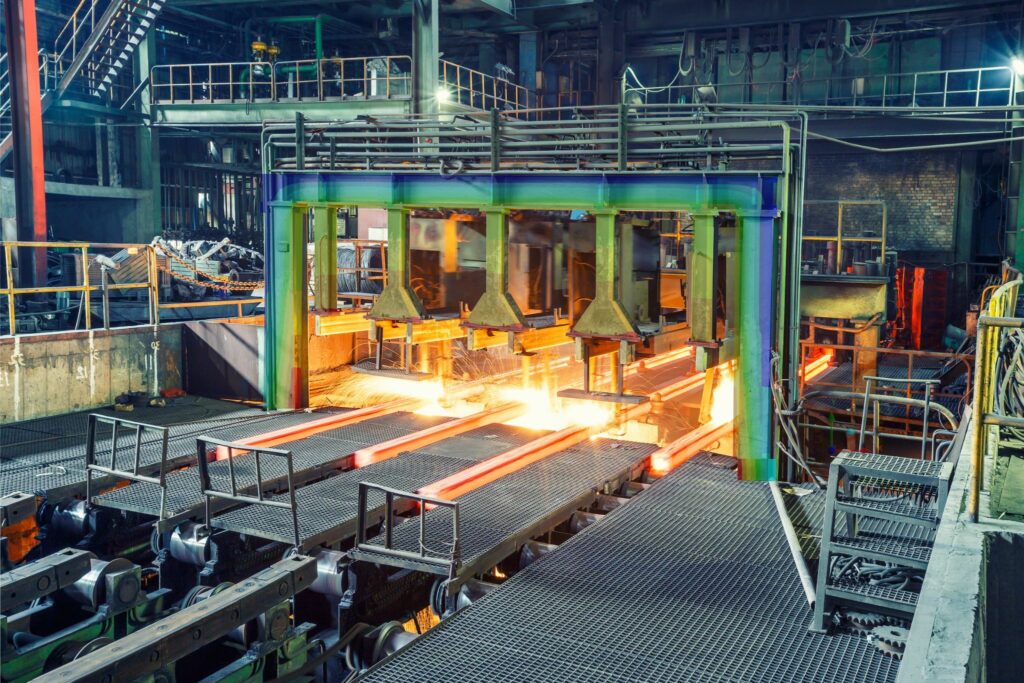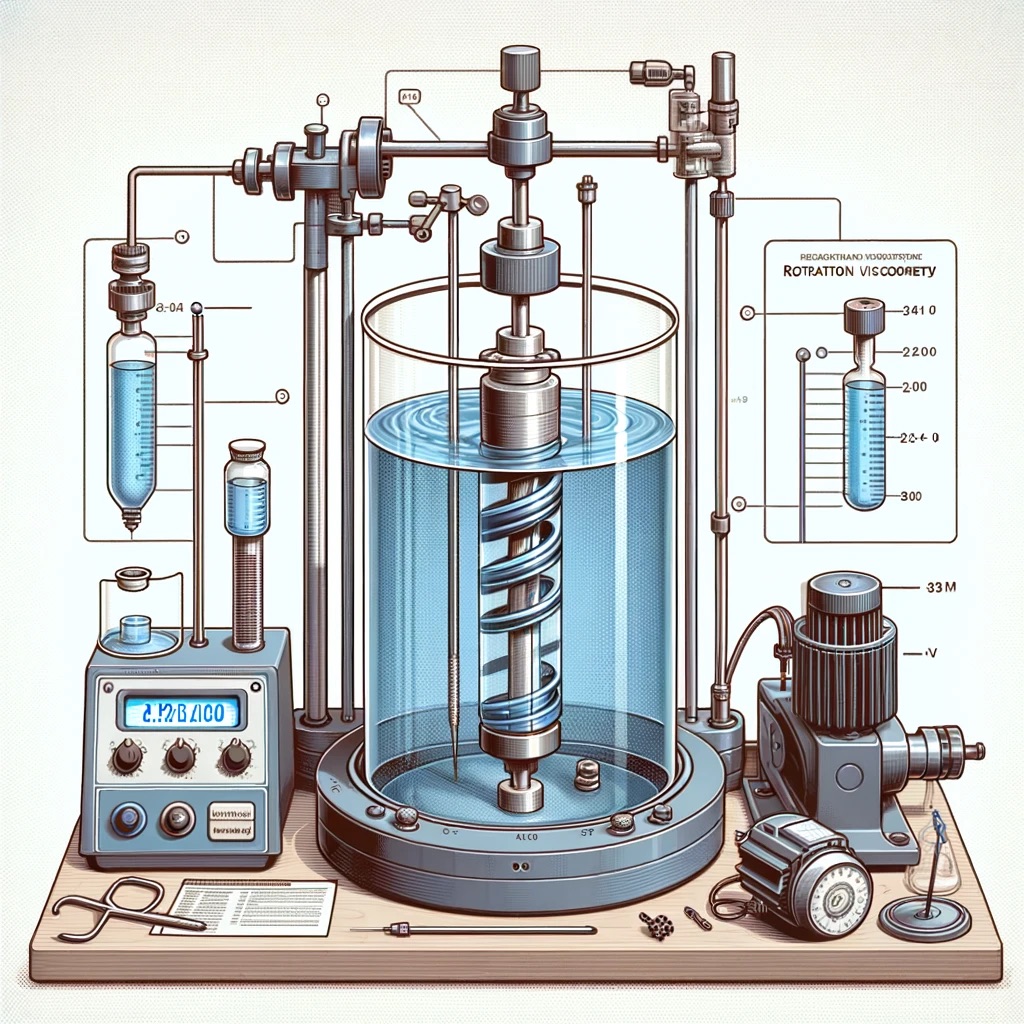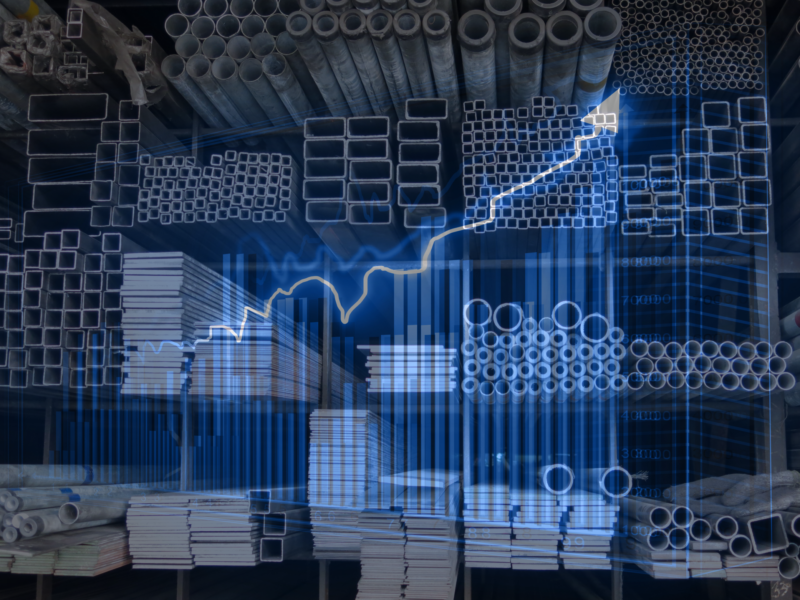In today’s fast-paced and technology-driven world, the importance of accurate and efficient simulation processes in engineering science cannot be underestimated. The finite element method (FEA) is one such powerful tool that provides engineers and scientists with in-depth insights into complex physical phenomena. FEA-Calculations can be used to perform, among other things, detailed temperature distribution analyses, which are crucial for a variety of applications. This article highlights the application of FEA calculations to analyze steady-state and transient temperature distributions, the creep behavior of steel and the development of restraint stresses.
Basics of heat transfer
Heat transfer plays a fundamental role in the analysis of temperature distributions and is a core aspect of FEA calculations in thermal simulation. It comprises three main mechanisms: Conduction, convection and radiation. Conduction describes the transfer of thermal energy within a body or between neighboring bodies through direct molecular contact, whereby heat flows from areas of higher temperature to areas of lower temperature. Convection, on the other hand, refers to the transfer of heat between a solid surface and a moving fluid or gas, which is influenced by the movement of the fluid. Radiation is the transfer of heat through electromagnetic waves and can also occur through a vacuum, such as the heat from the sun reaching the earth.
Stationary vs. transient temperature distributions
The analysis of temperature distribution is a critical aspect in many areas of materials science and engineering. Steady-state temperature distributions refer to a condition in which the temperature remains constant over time, which is typical of systems in thermal equilibrium. In contrast, transient temperature distributions describe the time-dependent temperature changes in a system caused by external influences such as ambient temperature changes or internal heat generation. Transient temperature distributions play a major role in heating processes, cooling systems and in process engineering.
Creep behavior of steel
Steel is an essential building material in many industries, but under high temperatures and prolonged loads, steel can undergo a process known as creep. Creep describes the time-dependent deformation of materials under constant load, which becomes particularly significant at high temperatures. The FEA calculations are an indispensable tool for understanding and predicting the creep behavior of steel. By simulating different operating conditions, the long-term stability and safety of steel structures can be evaluated and optimized, which is crucial for the integrity and longevity of engineering projects. In particular, if a FEA calculation can be used to show that steels of a lower quality are also suitable compared to high-temperature steels, the costs for various structures and systems can be significantly reduced.
Limited thermal expansion
Constraint stresses occur when parts of a structure cannot expand or contract freely due to thermal expansion differences. These stresses can lead to material fatigue, cracks and ultimately to structural failure. The FEA calculations enable us to precisely simulate the formation and distribution of constraining stresses in materials and structures. By identifying critical areas where restraint stresses can occur, we can develop targeted stress reduction measures that significantly improve the performance and safety of components.
Temperature distribution analyses – Simulation of temperature distributions
With the help of FEA calculations, temperature distributions can be simulated with high precision. For this we use ANSYS software, which includes comprehensive modeling tools and enables us to gain critical information about the thermal behavior of materials and components under different operating conditions. Such analyses are essential to ensure and improve the durability and reliability of our customers’ products.







